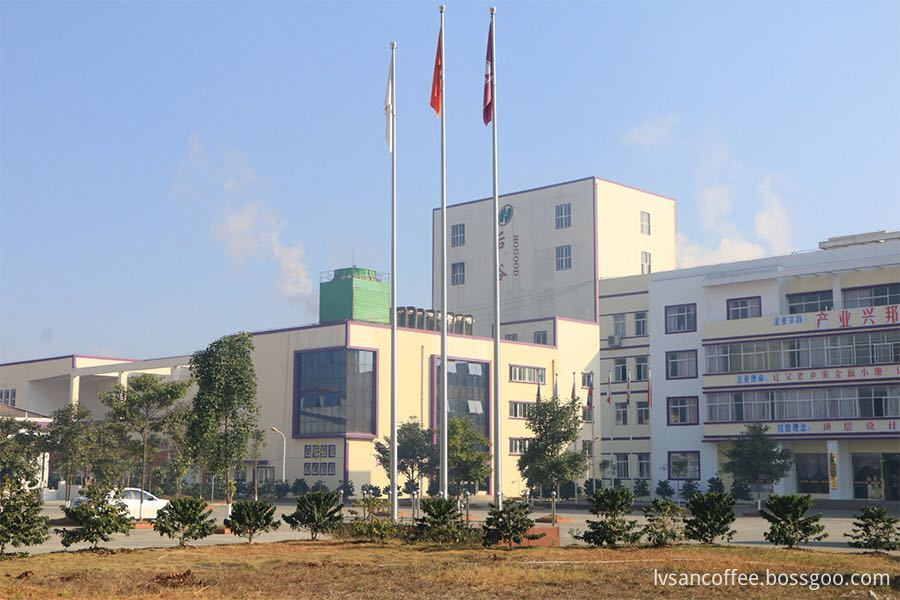Dehydrated spinach processing technology
Dehydrated spinach is produced using either natural or artificial drying techniques to significantly reduce its moisture content, thereby concentrating the soluble components and inhibiting microbial activity. This process also helps suppress the enzymes naturally present in spinach, which prevents spoilage and allows for long-term storage. As a result, dehydrated spinach is not only durable but also convenient for transport and consumption.
The compact size and lightweight nature of dehydrated spinach make it ideal for military rations, outdoor food supplies, and travel snacks. It also plays an important role in balancing the seasonal availability of fresh spinach and is widely used in international trade due to its stability and shelf life.
The production process involves several key steps:
1. **Raw Material Selection**: High-quality spinach with thick leaves, short petioles, low fiber content, and a golden color is chosen. Autumn spinach, known for its high yield and favorable growing conditions (cooler temperatures between 9°C), is particularly suitable. Harvesting can be staggered to ensure continuous supply.
2. **Pre-Treatment**: The spinach is washed, trimmed, and cut to remove any damaged or discolored parts. This ensures uniform quality before processing.
3. **Blanching**: Spinach is briefly immersed in boiling water for 40–50 seconds to deactivate enzymes that cause browning and spoilage. After blanching, it is quickly cooled to preserve color and texture. Proper timing is crucial—over-blanching can lead to nutrient loss and texture degradation.
4. **Drying**: Two main methods are used: natural and artificial drying. Natural drying relies on sunlight and air, while artificial drying uses specialized equipment such as tunnel or drum dryers. Drying at 75–80°C for 3–4 hours ensures optimal moisture reduction without damaging the product. Final temperature adjustment to 50–60°C helps maintain texture for packaging.
5. **Packaging**: Once dried, the spinach is cooled and packaged in sealed, moisture- and pest-proof containers. For convenience, small plastic or paper bags are often used, especially for tourism and retail markets.
6. **Storage**: Dehydrated spinach should be stored in cool, dry, and shaded areas, ideally between 0–2°C with humidity below 65%. Exposure to light can degrade quality, so proper storage is essential.
7. **Rehydration**: To restore the spinach to its original state, it is soaked in cold water for about 15–20 minutes. A 1 kg portion of dehydrated spinach can rehydrate to approximately 6.5–7.5 kg, making it ideal for cooking and meal preparation.
This comprehensive process ensures that dehydrated spinach remains nutritious, safe, and versatile for various applications, from everyday meals to emergency food supplies.
100%Robusta Instant Coffee and 100%Arabica Instant Coffee
100%Robusta Instant Coffee:3IN1 Coffee and milk tea has mellow stranger flavor;
100%Arabica Instant Coffee: The flavor is sweet and soft. It is a High quality raw material of black coffee.
Product features:
1. Special large package for industrial raw material sales;
2. 100% pure coffee;
3. Good instant solubility;
4. Unique aromatic oil recovery device to maintain the flavor of coffee to the greatest extent;
5. Stable raw material origin and long-term supply

Spray Dried Coffee,Spray Dried Coffee Powder,Spray Dried Instant Coffee,Spray Dried Instant Coffee Powder
Yunnan New Biology Culture Co,.Ltd , https://www.lvsancoffee.com